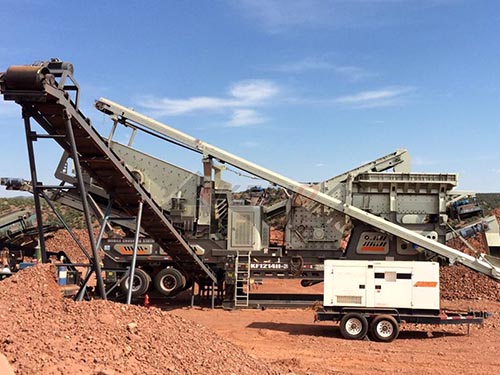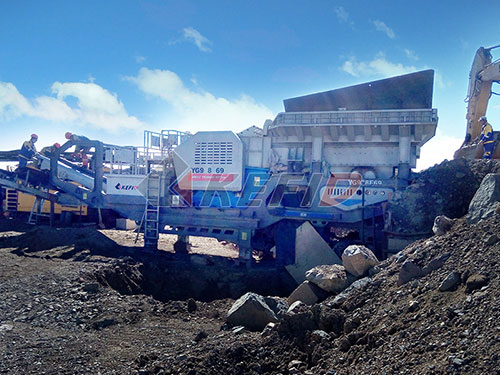Calculating Crusher Capacity: Methods and Considerations
Understanding how to calculate the capacity of a crusher is fundamental for efficient mineral processing, aggregate production, and quarrying operations. Selecting the right crusher size and predicting its output accurately impacts everything from plant design and equipment selection to production scheduling and profitability. While the Indonesian term “Cara Menghitung Kapasitas Crusher” translates directly to “How to Calculate Crusher Capacity,” the principles are universal across the industry.
What is Crusher Capacity?
Crusher capacity refers to the maximum volume or mass of material a crusher can process per unit of time, typically expressed as:
Tons per hour (tph): Most common in mining and aggregates.
Cubic meters per hour (m³/h): Sometimes used for volumetric measurement.
Kilograms per hour (kg/h) or Metric tonnes per hour (mtph): Used where precision or specific units are required.
Accurate calculation is complex due to numerous interacting variables. There are three primary approaches:

1. Theoretical (or Nominal) Capacity Calculation:
This method uses fundamental machine parameters and material properties to derive an idealized maximum capacity under perfect conditions.
Formula (For Jaw & Gyratory Crushers):

`Q = (3600 W S μ) / ρ`
Where:
`Q` = Theoretical Capacity (tph)
`W` = Width of Crusher Feed Opening (m)
`S` = Length of Stroke / Throw at Discharge (m) – Distance the moving element travels during a cycle.
`μ` = Dynamic Coefficient of Friction between material and liners (~0.25-0.3 for rock).
`ρ` = Material Bulk Density (t/m³)
For Impact Crushers & Cone Crushers: Formulas often incorporate rotor/crusher speed, feed opening dimensions, chamber geometry, and material characteristics like impact value or work index.
Limitations: This method assumes:
Continuous, choke-fed operation.
Optimal feed size distribution.
Ideal material properties consistent throughout feed.
No power limitations.
It provides a theoretical upper limit but significantly overestimates real-world achievable capacity.
2. Empirical Methods & Manufacturer’s Data:
This is the most practical approach for initial selection and estimation.
Manufact

Leave a Reply